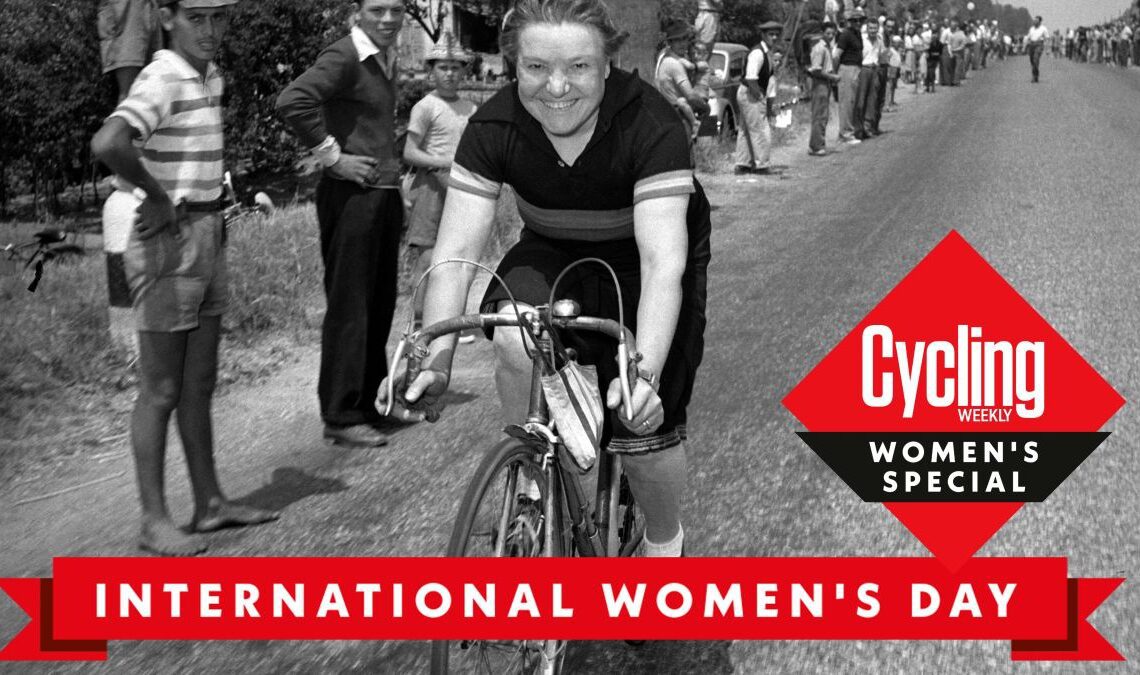This article forms part of a week of women’s focused stories, in celebration of our Women’s Special edition of Cycling Weekly Magazine, one sale from Thursday, March 10. See the full schedule of upcoming articles here.
Enter the name Alfonsina Strada into a search engine and among the results returned will be a music video by the Italian folk-rock group Têtes de Bois. In the video an old lady toils in her dark and cobwebbed bicycle workshop — welding tubing and adjusting handlebars before helping a small boy with a slipped chain. While the old lady works, the small boy’s eyes are drawn to the walls of the workshop where he spies an aged, framed edition of La Gazzetta dello Sport, carrying the headline that gives the song its title: ‘Alfonsina e la bici’.
“Alfonsina and the bike… one woman among men.” That was the front-page splash the Gazzetta ran on May 14, 1924. Two days previously, Alfonsina Strada had finished the second stage of the Giro d’Italia, 308km from Genoa to Florence, in 56th place. It was then the paper realised it had a story on its hands that could capture the imagination of Italy.
Many of the big names stayed away from the 1924 Giro because of a dispute with the organisers over appearance fees. That gave the Gazzetta a problem. With so many names absent, how to keep the public interested?
Legend has it that Strada conned her way to the start line of the race in Milan by registering her name as ‘Alfonsin’, therefore appearing on paper to be a man. But she was the best female rider in Italy at the time with a history of riding against men in one-day races, so it is more than plausible that the Giro organisation knew exactly who this rider was when they accepted the application.
When it became apparent that Strada could more than hold her own, the Gazzetta realised its prayers had been answered. Strada — a woman in a man’s world, battling the odds, taking on the men and beating them. That was to be their story of the Giro (the fact that Alfonsina’s surname was the Italian word for ‘road’ didn’t hurt). And so came that famous headline four days into the race.
“It was quite an event,” says Herbie Sykes, author of Maglia Rosa. “You have to understand that the 1924 Giro was highly unusual in the sense that [Costante] Girardengo, [Ottavio] Bottecchia and [Giovanni] Brunero, the three great champions, were absent. Then [Pietro] Linari, [Bartolomeo] Aymo and [Gaetano] Belloni, the next best things, all…

